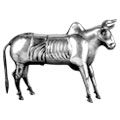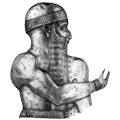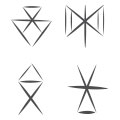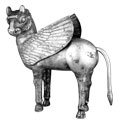Consequences of The Islamic Revolution of Iran
 Click here to download this article.
Click here to download this article.
The Iranian revolution of 1979-80 represented a period of great social and financial upheaval for millions of Iranians. A vast cross-section of Iranian society, including ex-government heads, senior military figures, business owners, heads of industrial farming companies and religious minorities who had been instrumental in Iran’s development and reconstruction during the reign of the Shah, were arrested and sentenced, without trial, to prison, and in many cases, summarily executed by the revolutionaries. Their assets, savings, homes and other property were confiscated by the state on the decree of the leaders of the revolution. Luckily Houshang and his family happened to leave Iran for England just days before the change in the political regime.
As a result of a worsened political climate, in 1981 all the properties, home, lands, commercial buildings, offices, assets, savings and other bank accounts of Houshang Mahboubian, his children, other family members and relatives were permanently seized. His antiquities collections left behind in Tehran included archaeological finds and artefacts from his father’s excavations as well as records and notes of the excavations made by his father, and about four thousand books on art. These were all seized from Houshang's home in Tehran by the revolutionary regime. The worth of his collection was estimated by the Islamic government of Iran at hundreds of millions of dollars.
The following is an extract from a document that was published in one of the official publications of the Islamic Republic of Iran, The Journal of the Foundation for the Oppressed (‘majaleh-e bonyad-e mostazafan’,) dated May 1983 (Khordad 1362):
“...he told us about the discovery of the treasures belonging to Houshang Mahboubian, one of the affiliates of the Shah’s regime and said: “The work started on 13/12/1981 based on the ruling of the Central Revolutionary Court to repossess Mahboubian’s properties and assets. Our initial information provided by the court was his home address in Zafar Street... After the discovery of this huge treasure that surprised even one of the tenants, we informed the Director of the Foundation and experts on antiques, silver and gold who were working for the Sales Unit of the Foundation. In their presence we started the task of preparing an inventory list of all items. Due to the sensitivity of the issue and the quantity of the items, this task took three full days and used tens of pages of papers. It was so time-consuming that we had to list all antiquities silver vessels as one lot and all golden crochets and balls together according to the total weight. After the listing and due to the possible risk of theft and because carrying the items might have caused problems for our officers, we contacted the Central Bank and requested them for special vehicles. On the arrival of the vehicles and under the protection of the guards the goods were transferred to the vaults of the Central Bank. It is necessary to mention that according to the experts, the discovered items were estimated to be worth billions of Toumans (10 toumans = 1$). Some of the items could not be valued because of their uniqueness.”
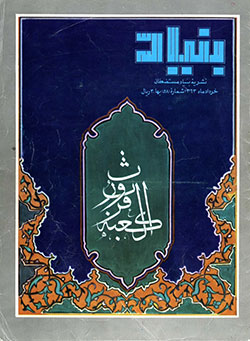
Click here to download the full transcript in Farsi.
In order to establish a private family museum, Houshang was going to transfer to Iran his father’s antiquities collections which had been kept in Europe since the 1930s, as well as his own collections in Europe and the US. Unfortunately the upheavals of the Islamic Revolution destroyed his dreams, as a result of the disappearance of all his collections that had been left behind in Iran. The uncertain political climate discouraged Houshang from pursuing this project, which has become a source of much sorrow to him.
The Farsi language journal Nimrouz published in London (No. 402, Friday 24 July 1997) reported an article stating that Mahboubian’s four thousand volumes of books from his private library, on the instructions of the chairman of the Islamic Revolutionary Committee, were grouped under the category of ‘harmful books’ and sent away for recycling in paper and cardboard factories.

